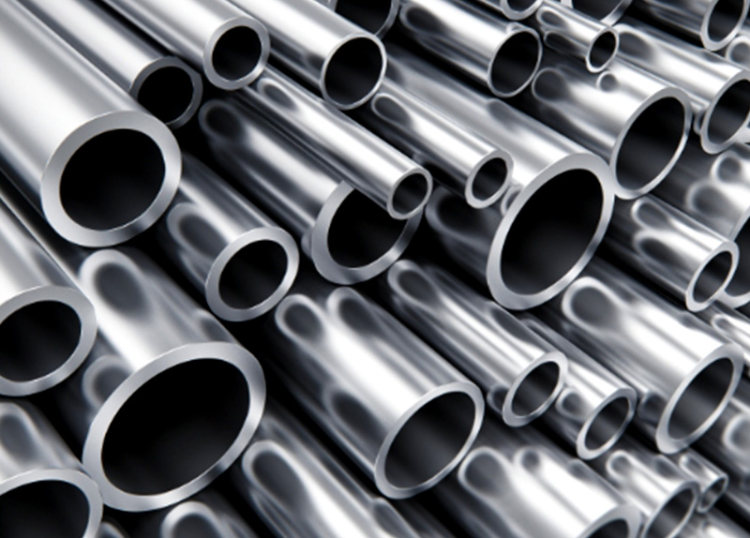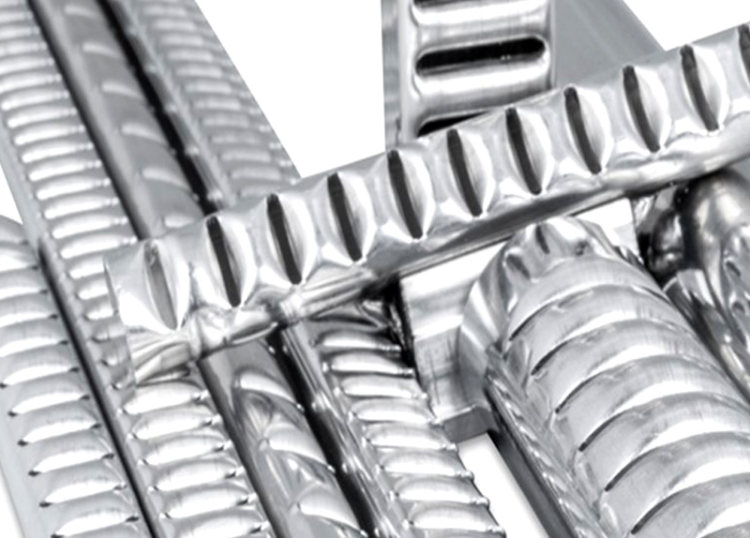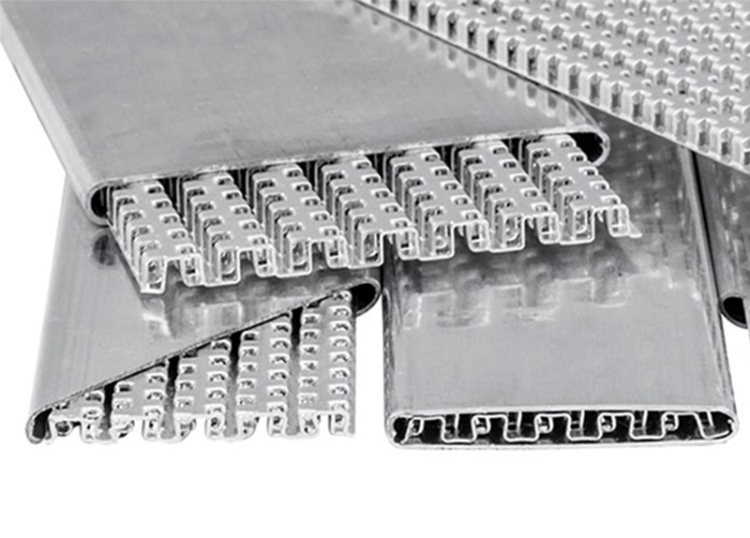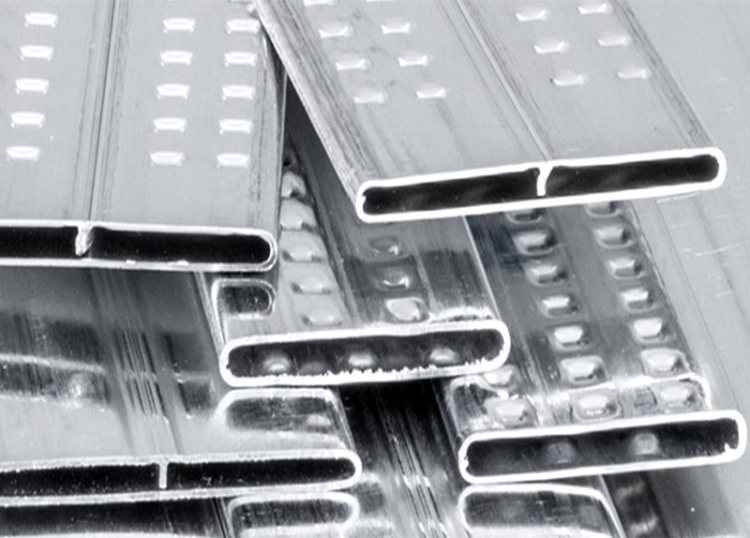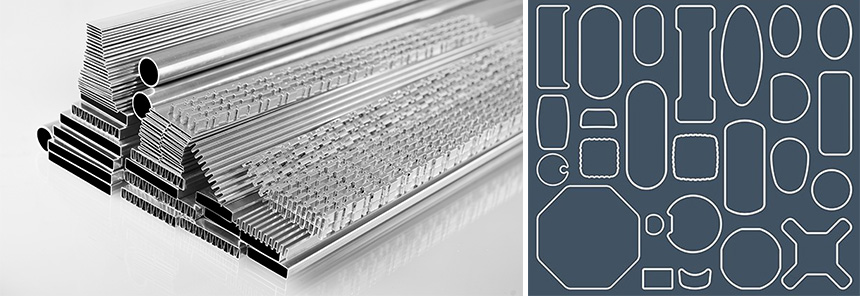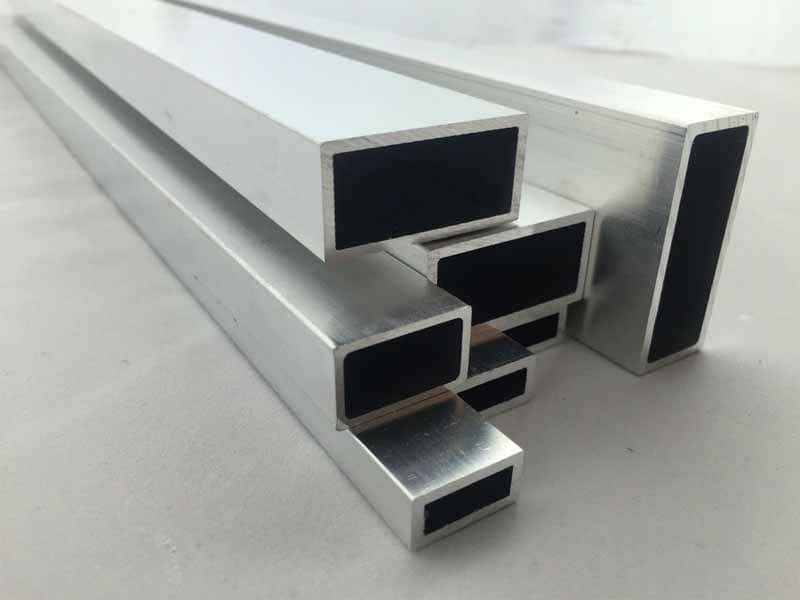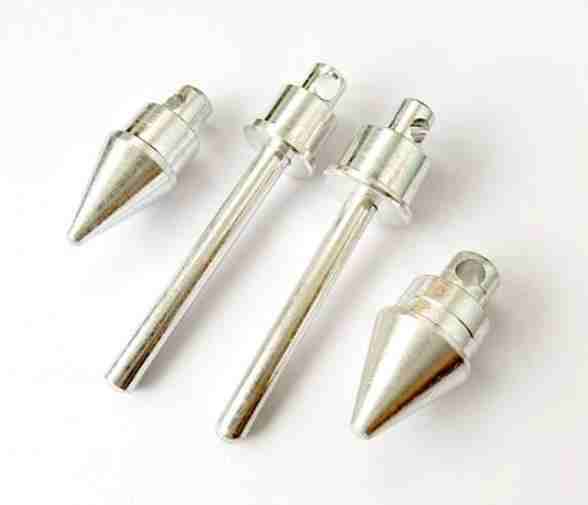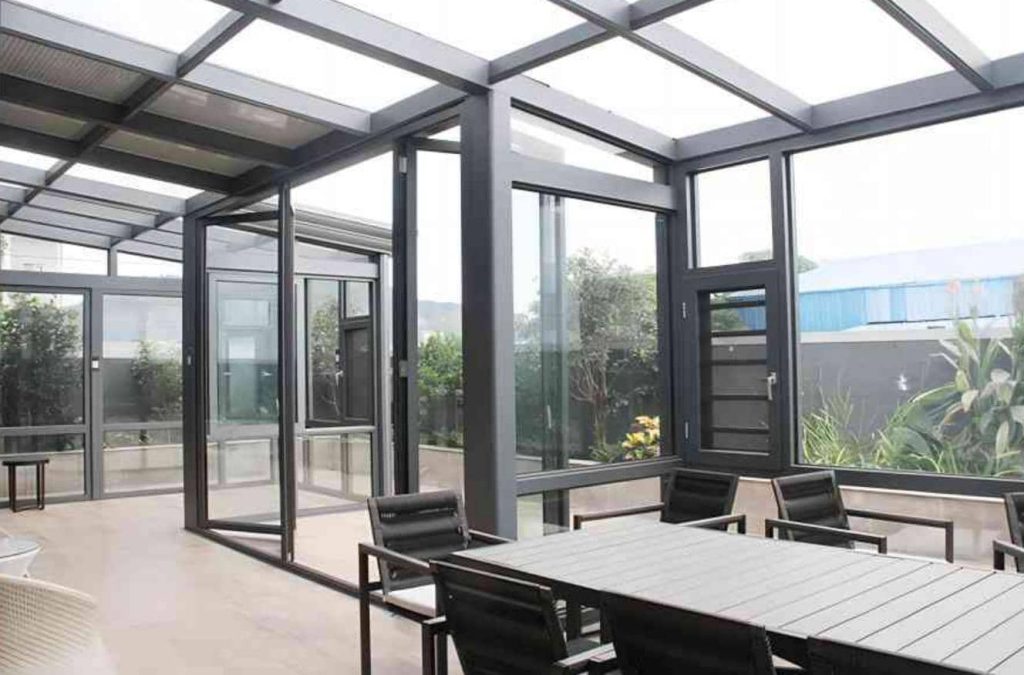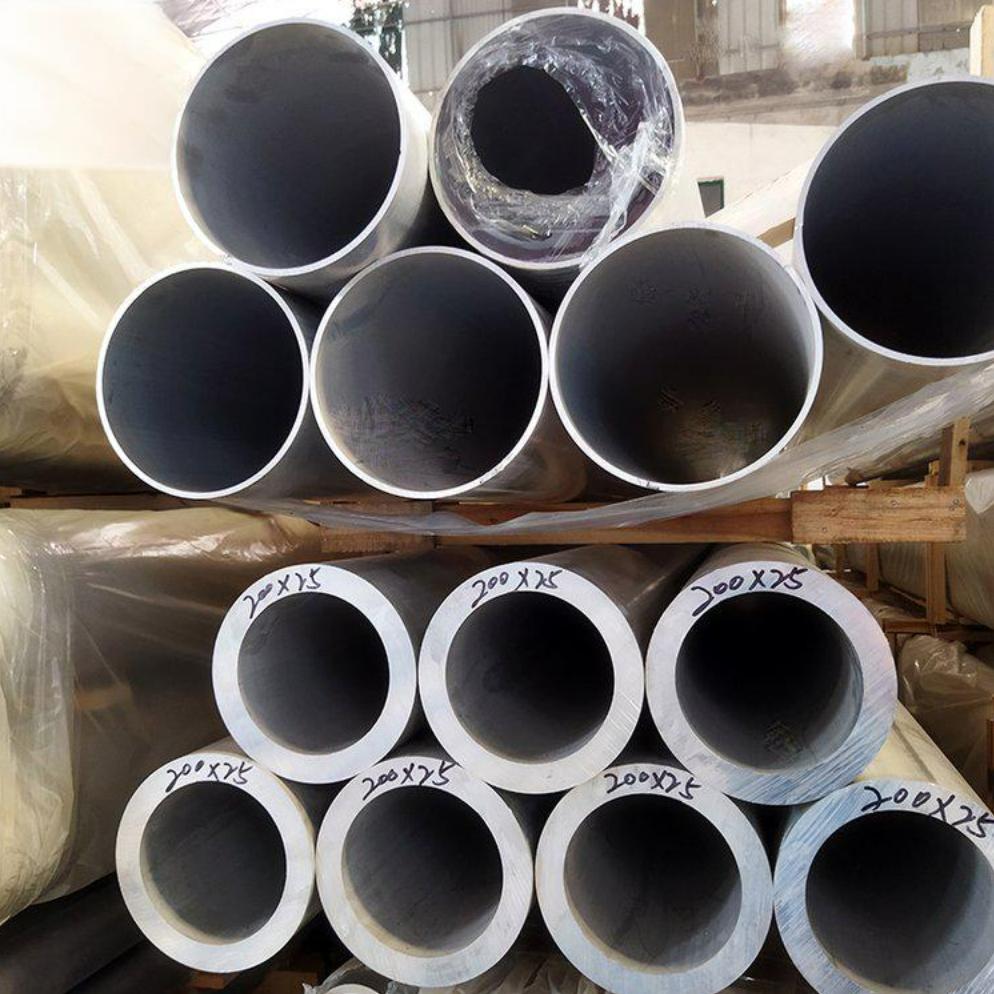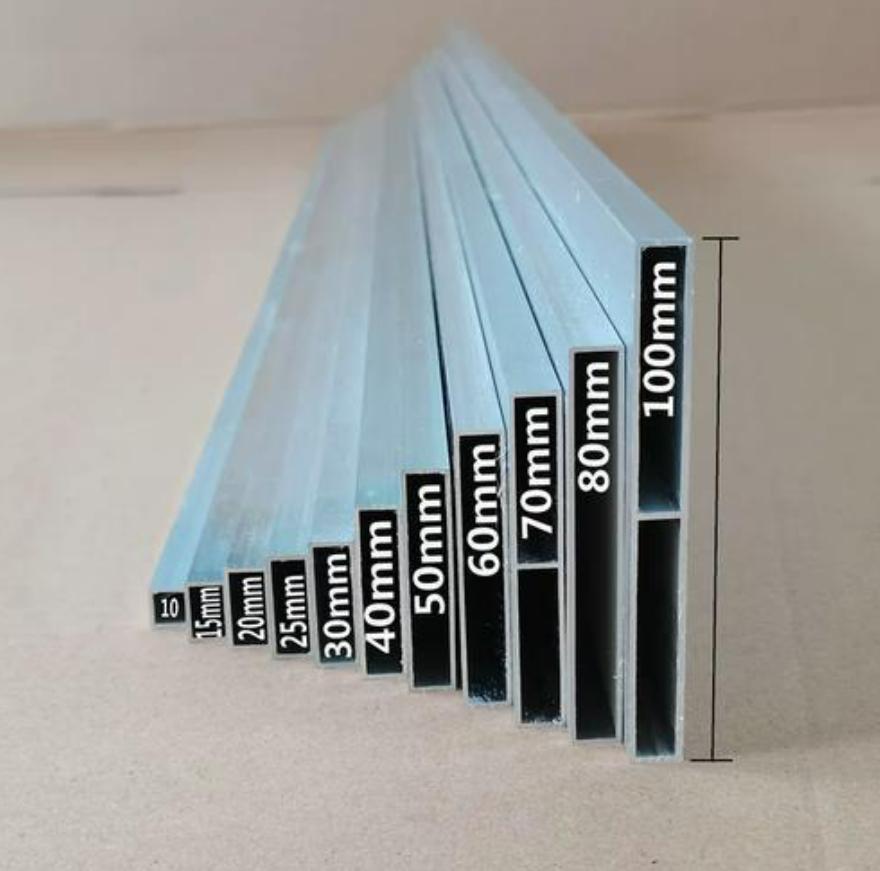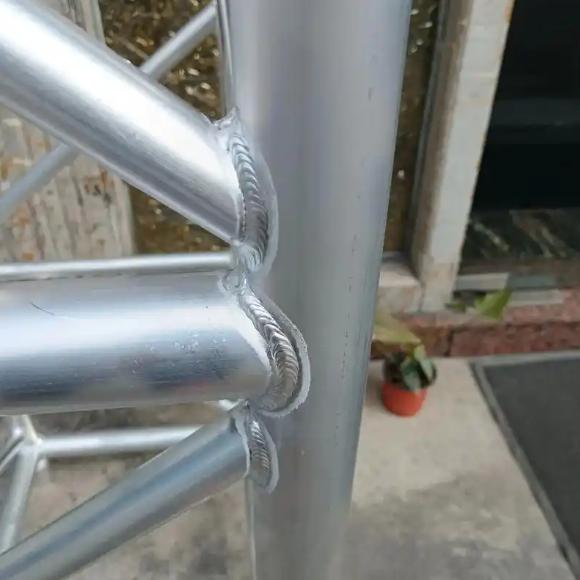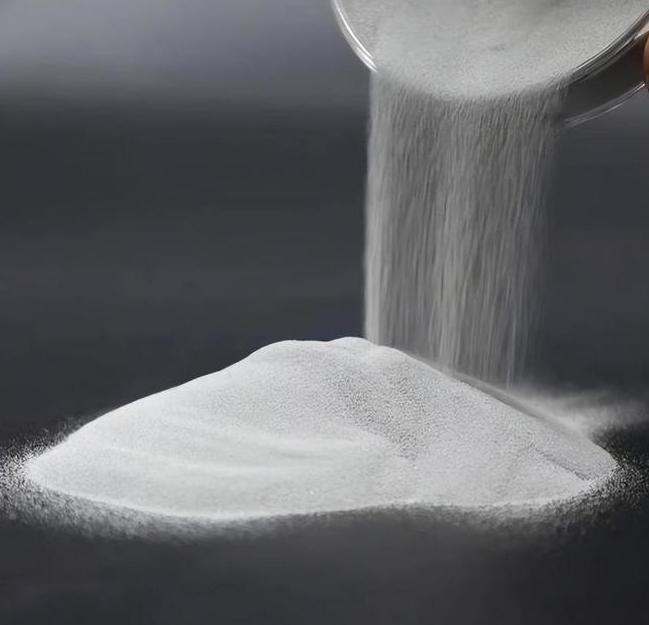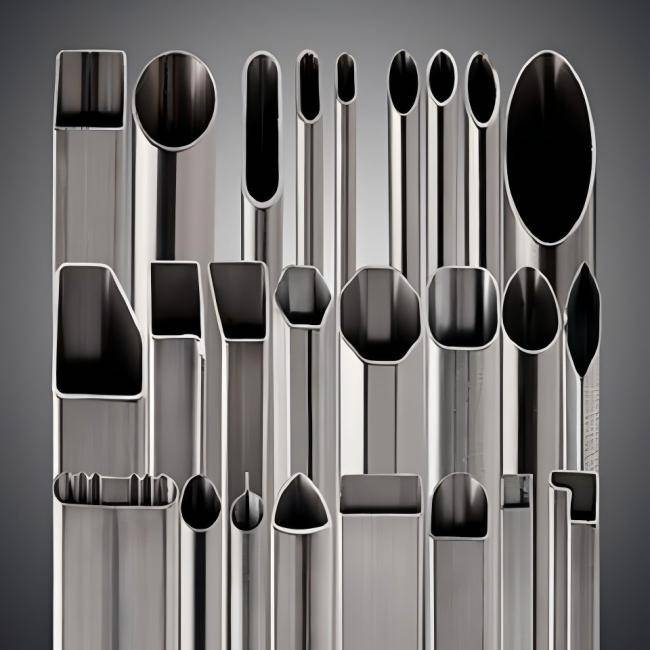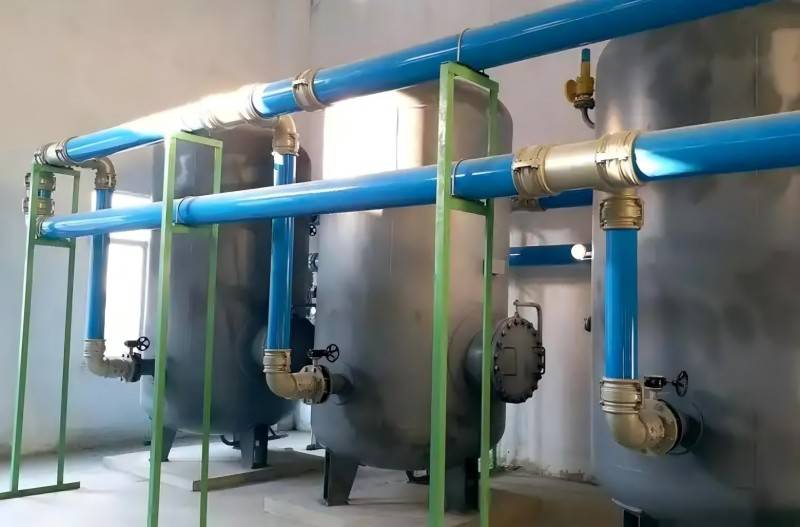Heat exchangers are essential components in a wide range of applications, from air conditioning systems and industrial processes to automotive radiators and HVAC units. The choice of materials and manufacturing methods for heat exchanger tubes is critical, as it directly affects the device’s performance, durability, and efficiency. When it comes to aluminum tubes, two primary options exist: welded and seamless. This article explores the differences, advantages, and disadvantages of welded and seamless aluminum tubes for heat exchangers.
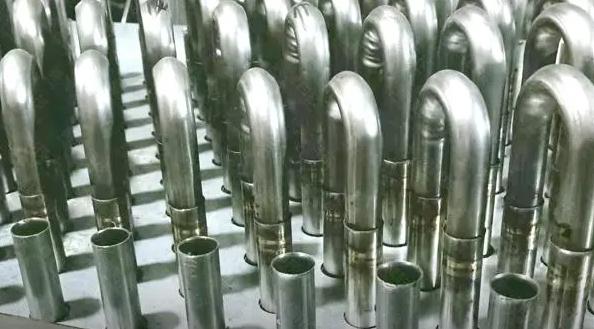
Features of Welded Aluminum Tubes for Heat Exchangers
Welded aluminum tubes are created by joining two separate pieces of aluminum together through a welding process. These tubes are widely used in various heat exchanger applications due to their cost-effectiveness and versatility. Here are some key points to consider when using welded aluminum tubes:
- Cost-Effective Manufacturing: Welded aluminum tubes are generally more cost-effective to produce than seamless ones. The welding process allows manufacturers to use readily available aluminum sheets or coils and form them into tubes, reducing material waste.
- Versatile Shapes and Sizes: Welded aluminum tubes can be easily customized to fit specific design requirements. They can be manufactured in various shapes, sizes, and configurations, making them suitable for a wide range of heat exchanger designs.
- Longitudinal Weld Seam: One of the primary differences between welded and seamless tubes is the presence of a longitudinal weld seam in welded tubes. While this seam can be a point of weakness, advancements in welding technology have significantly improved its integrity. However, the seam can still be susceptible to corrosion or defects over time.
- Efficiency Considerations: The presence of a weld seam can create turbulence in the fluid flow within the tube, which may reduce the overall heat transfer efficiency. Additionally, the weld seam may experience localized corrosion, leading to potential maintenance issues.
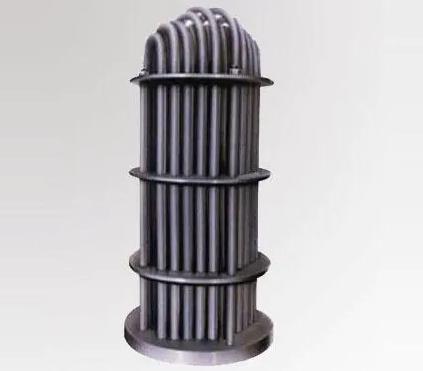
Features of Seamless Aluminum Tubes for Heat Exchangers
Seamless aluminum tubes, on the other hand, are manufactured from a single piece of aluminum, ensuring a tube without any weld seams. While the production of seamless tubes is more complex and typically costlier, they offer distinct advantages for critical heat exchanger applications:
- High Purity and Uniformity: Seamless aluminum tubes are known for their high purity and uniformity, which can result in improved heat transfer efficiency. Since there are no weld seams, the entire length of the tube is consistent in composition and structure.
- Reduced Risk of Corrosion: The absence of a weld seam eliminates one potential weak point where corrosion can initiate. This can significantly extend the lifespan of the seamless tube and reduce the need for maintenance.
- Improved Heat Transfer: Seamless aluminum tubes tend to have smoother inner surfaces, reducing fluid flow turbulence. This can result in enhanced heat transfer efficiency, making them ideal for applications that require precise temperature control.
- Critical Applications: Seamless aluminum tubes are commonly chosen for critical applications where performance and reliability are paramount. They are used in applications like aerospace, high-performance automotive cooling systems, and industrial processes where corrosion resistance and heat transfer efficiency are crucial.
- Precise Fabrication: The process of manufacturing seamless aluminum tubes requires precision and specialized equipment. The tubes are often made from specific aluminum alloys tailored to meet the demands of various heat exchanger applications.
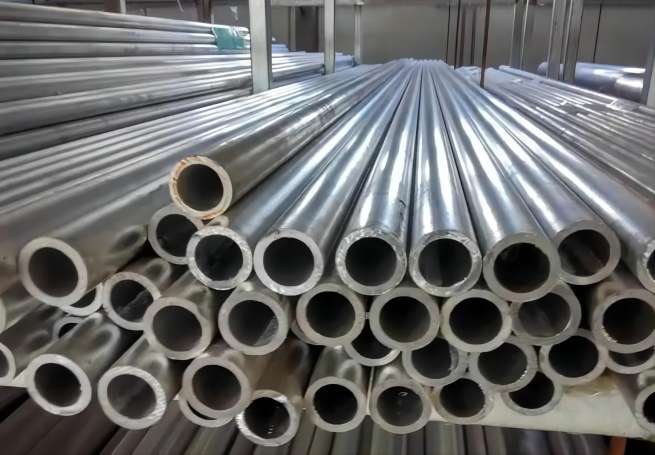
Choosing the Right Tube for Your Application
The decision between welded and seamless aluminum tubes for heat exchangers should be based on the specific requirements of the application. Here are some key considerations when making this choice:
- Budget: If cost is a significant factor and the application is not highly demanding in terms of efficiency and corrosion resistance, welded aluminum tubes may be a suitable choice.
- Efficiency: For applications where maximizing heat transfer efficiency is crucial, seamless aluminum tubes are the preferred option due to their smoother surfaces and uniformity.
- Corrosion Resistance: In environments where corrosion is a concern, seamless tubes are generally more resistant, as they lack weld seams that can be prone to corrosion.
- Customization: If your heat exchanger design necessitates specific shapes, sizes, or configurations, welded tubes may offer greater flexibility.
- Application Requirements: The nature of the application plays a pivotal role in the choice of tube. Critical applications that demand high efficiency and reliability typically benefit from seamless tubes.
Conclusion
In conclusion, the selection between welded and seamless aluminum tubes for heat exchangers involves a trade-off between cost, efficiency, and reliability. While welded tubes are cost-effective and versatile, seamless tubes excel in critical applications that prioritize corrosion resistance and heat transfer efficiency. Careful consideration of these factors, along with the specific needs of the heat exchanger, will lead to the most appropriate choice for the given application, ensuring optimal performance and longevity.



